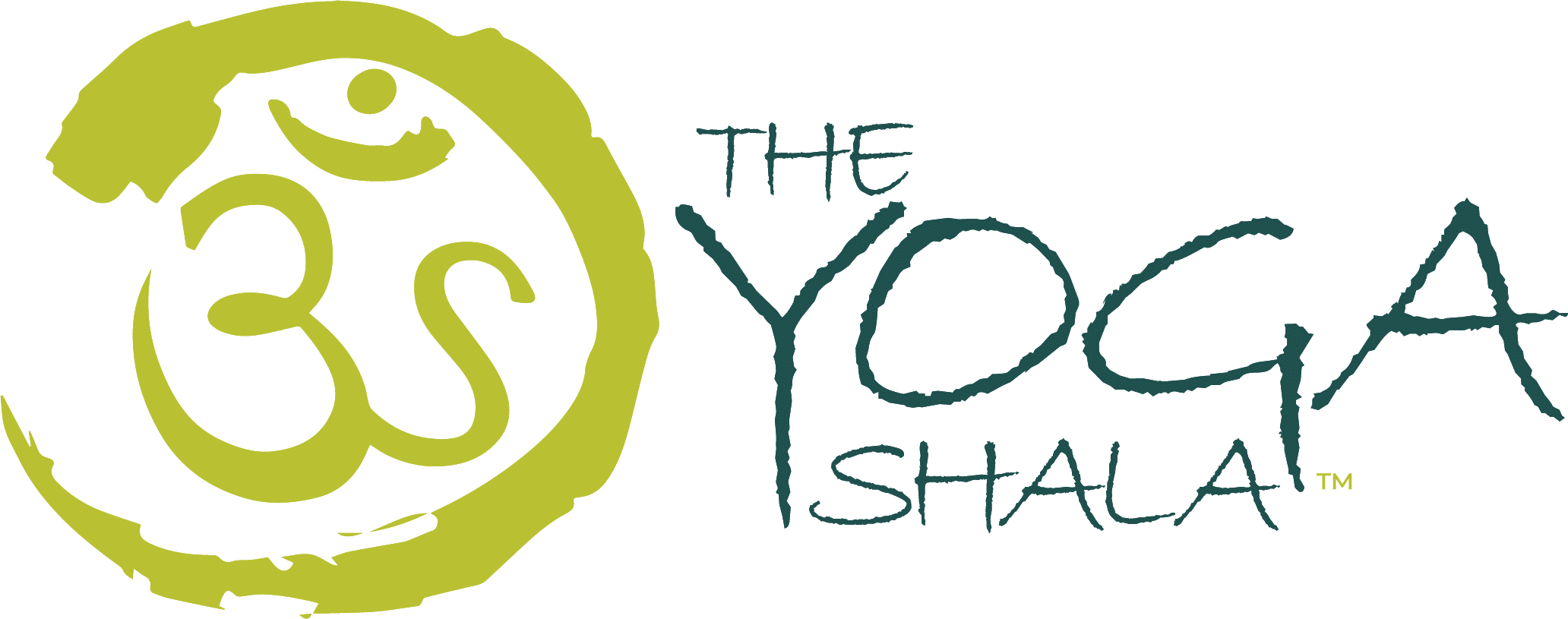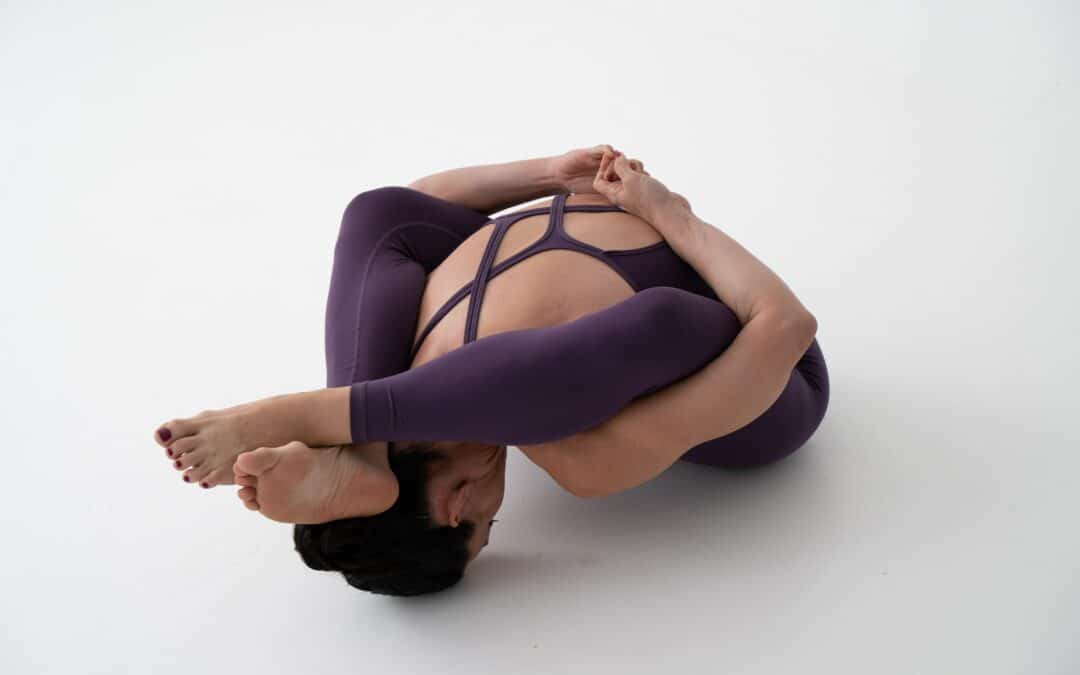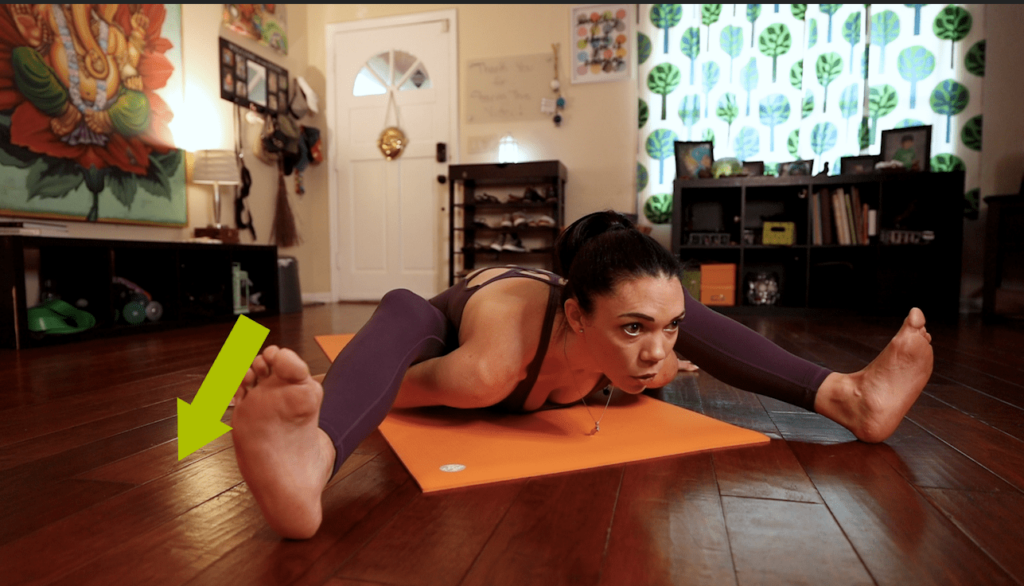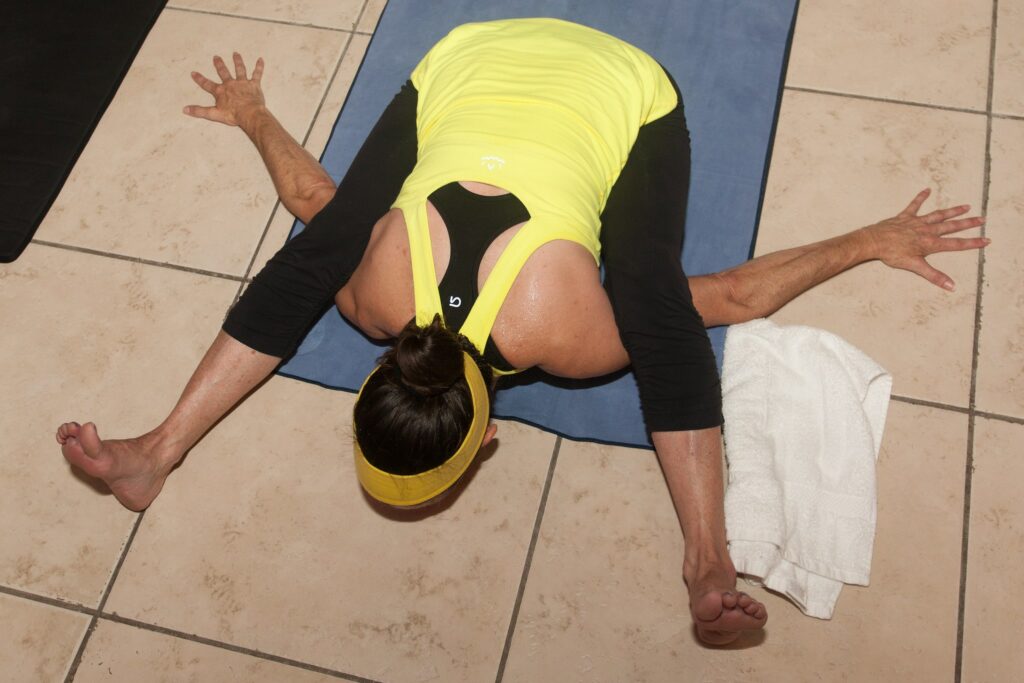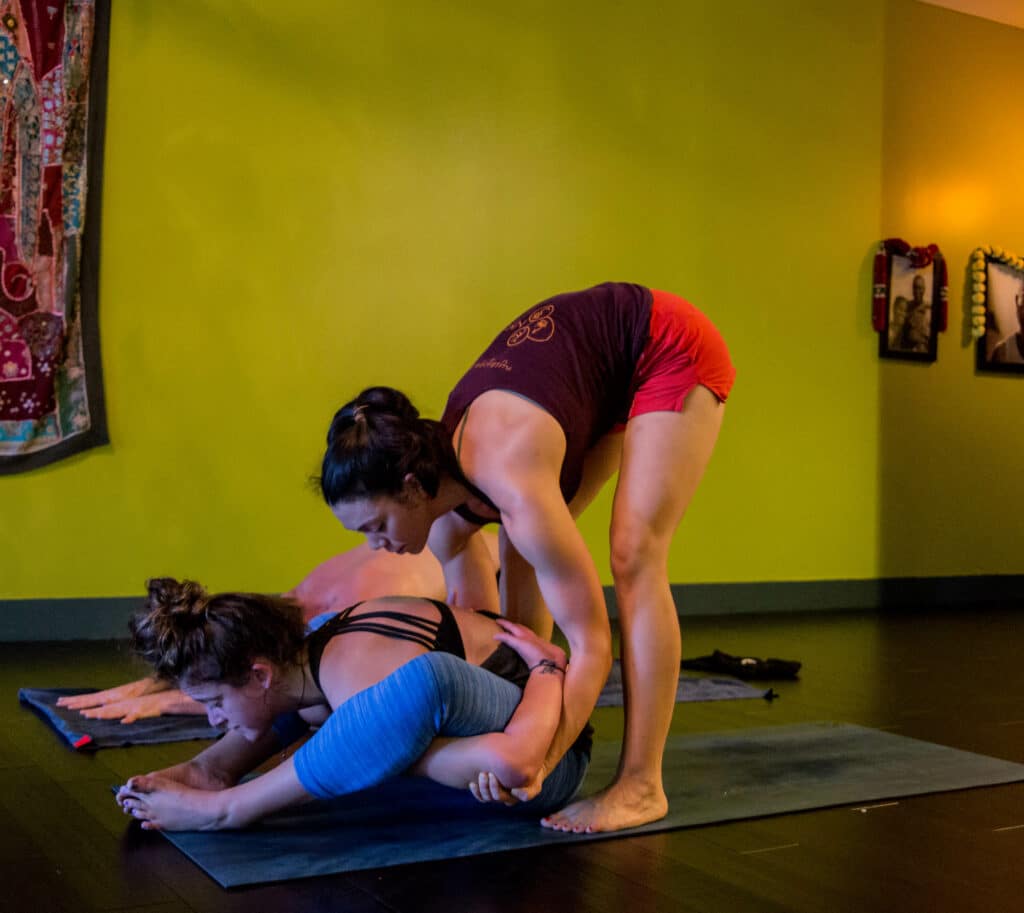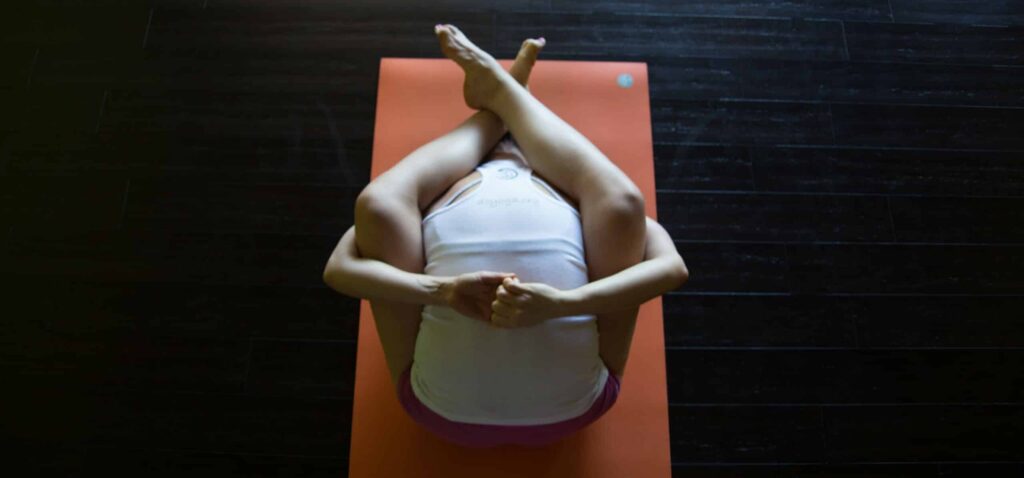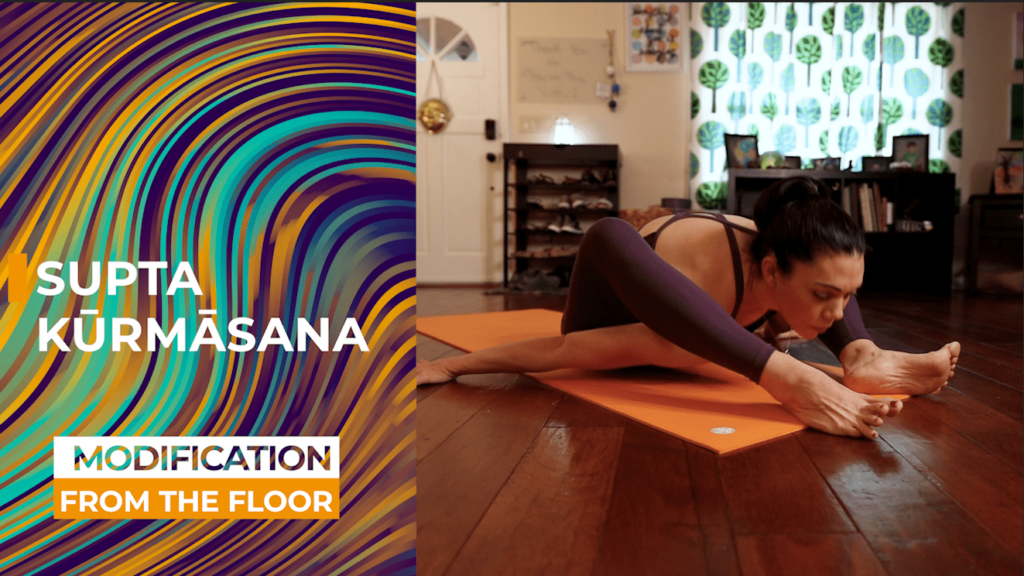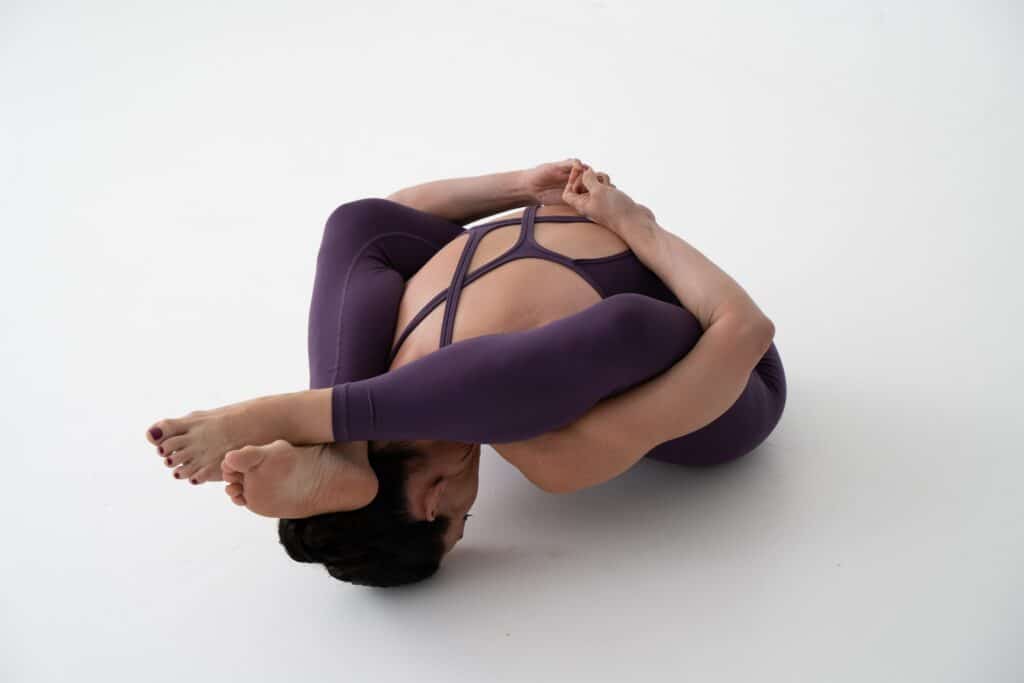Ashtanga Yoga, a dynamic and structured style of yoga, offers a comprehensive series of postures that progressively lead practitioners towards self-awareness and well-being. There are a handful of postures within the Ashtanga Primary Series that tend to be a bit more challenging that others. Yoga asana’s Kurmasana and Supta Kurmasana are among those more difficult poses. In this blog post, we’ll delve into Kurmasana and Supta Kurmasana – their benefits, contraindications, step by step instructions for taking these yoga poses as well as tips and modifications.
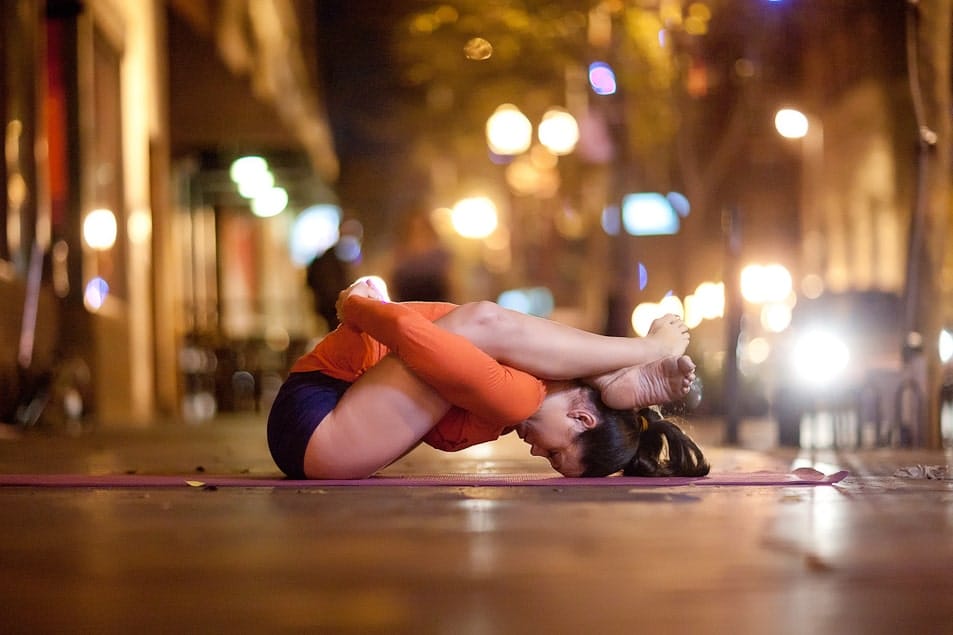
Click here to watch our full tutorial on Kurmasana & Supta Kurmasana
Kurmasana: The Tortoise Pose
Kurmasana, or tortoise posture, is the twentieth pose of the primary series, and the fifteenth seated asana from Ashtanga’s first series. It’s a seated forward bend that requires a combination of flexibility, strength, and focused breathing.
Benefits of Kurmasana
Deep Hip Opening:
Kurmasana is a profound hip-opening pose that targets the external rotation of the hips. It helps release tension in the hip flexors, groin, and inner thighs, leading to increased flexibility and mobility in this area.
Spinal Flexibility:
The forward bend in Kurmasana encourages a gentle stretch along the entire length of the spine. This can alleviate tightness in the back and contribute to better posture.
Abdominal and Digestive Stimulation:
The compression of the abdomen in Kurmasana stimulates the digestive organs, promoting healthy digestion and efficient functioning of the digestive system.
Calming and Grounding:
The deep focus on breath and alignment in Kurmasana can have a calming effect on the nervous system, helping to reduce stress and anxiety. The pose encourages a sense of inner grounding and tranquility.
Increased Awareness:
Kurmasana demands concentrated awareness on the breath and body alignment, fostering mindfulness and presence. This heightened awareness can extend beyond the mat, benefiting daily life.
Contraindications and Cautions
While Kurmasana offers numerous benefits, it might not be suitable for everyone. Individuals with the following conditions or concerns should approach the pose with caution or seek guidance from a qualified yoga instructor:
Knee or Hip Injuries:
People with existing knee or hip injuries should practice Kurmasana with caution or avoid it altogether, as the pose places significant stress on these areas.
Back Issues:
Individuals with chronic back pain, herniated discs, or spinal conditions should consult a medical professional before attempting Kurmasana. Modifications or alternative poses might be recommended.
Pregnancy:
Pregnant individuals should avoid Kurmasana due to the pressure it places on the abdomen. Instead, opt for modifications that are safe and suitable for pregnancy.
High Blood Pressure:
Those with high blood pressure should approach Kurmasana mindfully, as the pose involves an inversion that can potentially elevate blood pressure further.
Recent Abdominal Surgery:
If you’ve had recent abdominal surgery, Kurmasana’s intense abdominal compression may not be advisable. Consult a medical professional before attempting the pose.
Beginners:
Kurmasana requires a certain level of flexibility and strength. Beginners might need to build up to the pose gradually through preparatory poses that focus on hip and hamstring flexibility.
Supta Kurmasana: The Reclining Tortoise Pose
Supta Kurmasana, or the Reclining Tortoise Pose, follows Kurmasana in the Ashtanga Yoga Primary Series. It’s an intense forward bend that takes the practice to a deeper level of surrender and self-discovery and it is arguably one of the most challenging postures in Ashtanga’s first series.
Benefits of Supta Kurmasana
Deep Hip and Shoulder Opening:
Supta Kurmasana provides an intense stretch to the hips, hamstrings, and shoulders. This can lead to improved flexibility in these areas and a greater range of motion.
Spinal Flexibility:
The forward bend and twisting components of the pose contribute to spinal flexibility and can alleviate tension along the entire length of the back.
Stress Relief:
The calming nature of Supta Kurmasana, combined with focused breathing, can have a relaxing effect on the nervous system. This can help reduce stress and anxiety.
Stimulation of Abdominal Organs:
The compression of the abdomen in this pose massages the digestive organs, promoting healthy digestion and potentially alleviating issues like bloating.
Increased Blood Circulation:
The inverted position in Supta Kurmasana encourages increased blood flow to the brain and upper body, providing a refreshing sense of revitalization.
Contraindications and Cautions
Back Issues:
People with spinal injuries, herniated discs, or chronic back pain should approach Supta Kurmasana with care. Modifying or skipping the pose might be necessary.
Shoulder Injuries:
Supta Kurmasana involves a deep shoulder bind. If you have shoulder injuries or limited shoulder mobility, consider practicing preparatory poses and only attempt the full pose under guidance.
Pregnancy:
Pregnant individuals should avoid Supta Kurmasana due to the pressure it places on the abdomen. Work with a simple modification that allows you to access the posture during pregnancy.
High Blood Pressure:
The inversion in Supta Kurmasana can potentially elevate blood pressure. If you have high blood pressure or other cardiovascular issues, consult a healthcare professional before attempting the pose.
Beginners:
Supta Kurmasana requires a considerable amount of flexibility and strength. Beginners should focus on preparatory poses and gradually work towards the full pose under the guidance of a qualified instructor.
Recent Abdominal Surgery:
If you’ve undergone recent abdominal surgery, the intense abdominal compression in Supta Kurmasana may not be advisable. Consult a medical professional before attempting the pose.
As with any yoga practice, it’s essential to prioritize safety and listen to your body. Communicate any pre-existing conditions or concerns with your yoga instructor to receive personalized guidance and modifications that suit your needs. The journey towards achieving Kurmasana and Supta Kurmasana should be one of patience, self-awareness, and gradual progress.
Click here to watch our full tutorial on Kurmasana & Supta Kurmasana
Step-by-Step Instructions for the Full Expression of Kurmasana and Supta Kurmasana with Sanskrit Vinyasa Count
We will be entering this posture from downward facing dog, having just taken a vinyasa after Bhujapidasana to seated position.
Sapta (Vinyasa #7) From Adho Mukha Svanasana (down dog), look forward and jump your feet around your arms (to balance on your hands). From there exhale as you slowly bend your elbows to lower your body down onto the floor. Spread your legs and press your heels forward and your hips backwards to straighten your legs forward on the floor.
Try to get your thighs on your upper arms. As you inhale, gently press your arms backwards towards your hips, but somewhat wide. Work to press your belly, chest and then your chin to the floor in front of you. You are looking in between your eyebrows to Broomadhya Drishti. Take five deep breaths here, in Kurmasana.
Asthau (Vinyasa #8) At the end of your fifth exhale, bend your elbows to help slide your hands forward and start to walk your feet towards one another as you work your hands backwards behind your body and clasp your hands together. Round your back into your clasped hands and cross your right foot over top your left. Tuck your head under your feet, balancing on your sits bones and the forehead. Take five deep breaths here.
If you prefer to enter Supta Kurmasana from an upright seated position: At the end of your fifth exhale, bend your elbows to help slide your hands forward directly under your thighs. Inhale and push through your hands to lift your torso up. Sit tall and grab your left foot with your right hand and guide your left leg behind your head. Press your head back to help keep your leg in place as you balance on your sits bones and press the palm of your right hand to the floor to assist with balance.
Take your right foot with your left hand and work to guide your right leg behind your head so your right foot sits atop your left. Once both legs are securely behind your head, take your hands to the floor in front of you and guide yourself toward the floor. Rest your forehead on the floor and clasp your hands together behind your back. Take five deep breaths here.
Nava (Vinyasa #9) Inhale, unclasp your hands and bring them to the floor near your feet. Press into your hands to lift your body up, keeping your legs behind your head if you can.
Dasa (Vinyasa #10) As you exhale, swing your legs backwards to rest on your triceps. Inhale there.
Ekadasa (Vinyasa #11) Exhale and jump back into Chaturanga Dandasana.
Dvadasa (Vinyasa #12) Inhale into Urdhva Mukha Svanasana(Upward facing dog)
Trayodasa (Vinyasa #13) Exhale into Adho Mukha Svanasana (Downward facing dog)
If you find the full expression of Kurmasana or Supta Kurmasana to be too difficult for you in the beginning, be sure to check out our YouTube tutorial on these poses.
Tap above or click here to watch our full tutorial on Kurmasana & Supta Kurmasana
Modifications
Modifications for Supta Kurmasana:
Begin with Bound Angle Pose (Baddha Konasana) Prep: This preparatory pose gently nudges your hips and groins towards opening. It serves as an excellent gateway to the hip flexibility required for Supta Kurmasana.
Work with progressive modifications:
Embrace a phased approach by breaking down Supta Kurmasana into smaller movements. Gradually inch your legs closer, cultivate hip openness, and liberate shoulder tension over time. Be sure to check out my YouTube tutorial on Supta Kurmasana breaking down gradual steps of this posture to make is accessible to where you are right now.
Guided Wisdom:
Seek the guidance of a skilled yoga instructor who can tailor adjustments and modifications to your unique needs and circumstances. And be sure to explore the modifications in our YouTube tutorial on Supta Kurmasana.
Remember, yoga is a personal journey, and progress comes with consistent practice over time. It’s important to listen to your body and avoid pushing yourself too far, especially if you feel pain. Incorporate these modifications to adapt Kurmasana to your unique needs and gradually work towards its full expression as your body becomes more open and flexible. If you’re new to these modifications, consider practicing under the guidance of a qualified yoga instructor to ensure proper alignment and safety.
Modifications for Supta Kurmasana
Begin with Bound Angle Pose (Baddha Konasana) Prep: This preparatory pose gently nudges your hips and groins towards opening. It serves as an excellent gateway to the hip flexibility required for Supta Kurmasana.
Prioritize Shoulder Liberation:
Delve into stretches like Gomukhasana (Cow Face Pose) or Eagle Arms to gradually enhance shoulder flexibility. These stretches lay the foundation for the intricate arm bind in Supta Kurmasana.
Embrace Half Supta Kurmasana:
Embark on the journey by starting with one leg bound while keeping the other leg extended. Focusing on one side at a time allows you to deepen the stretch progressively.
Adopt a Progressive Mindset:
Embrace a phased approach by breaking down Supta Kurmasana into smaller movements. Gradually inch your legs closer, cultivate hip openness, and liberate shoulder tension over time.
Guided Wisdom:
Seek the guidance of a skilled yoga instructor who can tailor adjustments and modifications to your unique needs and circumstances. And be sure to explore the modifications in our YouTube tutorial on Supta Kurmasana.
Remember, yoga is a personal journey, and progress comes with consistent practice over time. It’s important to listen to your body and avoid pushing yourself too far, especially if you feel pain. Incorporate these modifications to adapt Kurmasana to your unique needs and gradually work towards its full expression as your body becomes more open and flexible. If you’re new to these modifications, consider practicing under the guidance of a qualified yoga instructor to ensure proper alignment and safety.
Practice with The Yoga Shala
If you want to join us for LIVE classes, The Yoga Shala offers virtual and in person classes every weekday morning. We are located at 140 Circle Drive, #4, Maitland, Florida. Owner, Krista Shirley, also offers virtual or in person private sessions (Yoga, Meditation, Breath-work, Nutrition, Life Coaching and Mentorship). Visit theyogashala.com for details.
Be sure to signup for our newsletter to stay on top of local events and classes, Nysa products sales, new offerings, new products and more!
We hope you find this video series helpful to you in creating or maintaining your yoga practice!
About Krista
Krista Shirley is a level II authorized Ashtanga Yoga teacher. She is deeply passionate about sharing these teachings with all who wish to learn.
If you want to join Krista in person she teaches daily classes at The Yoga Shala in Maitland, Florida. She also offers virtual sessions in Yoga, Meditation, Breath-work, Nutrition, Life Coaching and Mentorship. Check out www.theyogashala.com for more details.
If you do not live in Central Florida and want to find an authorized teacher in your area, check out our teacher, Sharath Jois’ website, for a list of all teachers authorized and certified by his yoga centre in India.
|
|
|
|
|
|
|
|
|
|
|
|
❤️SHOP MERCHANDISE: Nysa Products
❤️LET’S BE SOCIAL:
Instagram: Krista Shirley Yoga
Instagram: The Yoga Shala
Facebook: The Yoga Shala
Facebook: KristaShirleyYoga
For other inquires please contact: [email protected]
